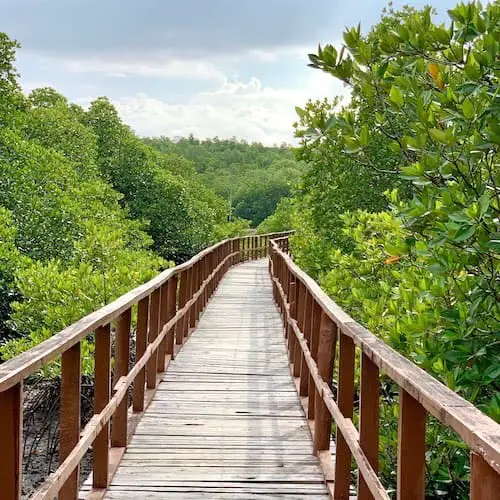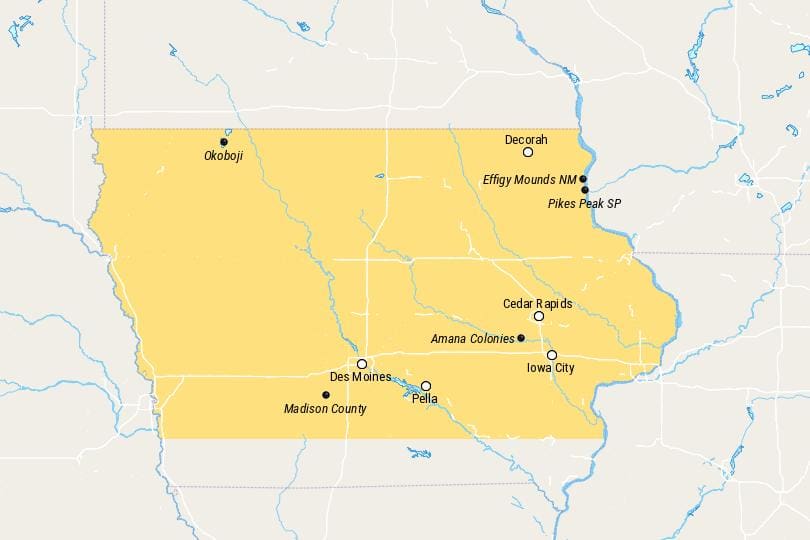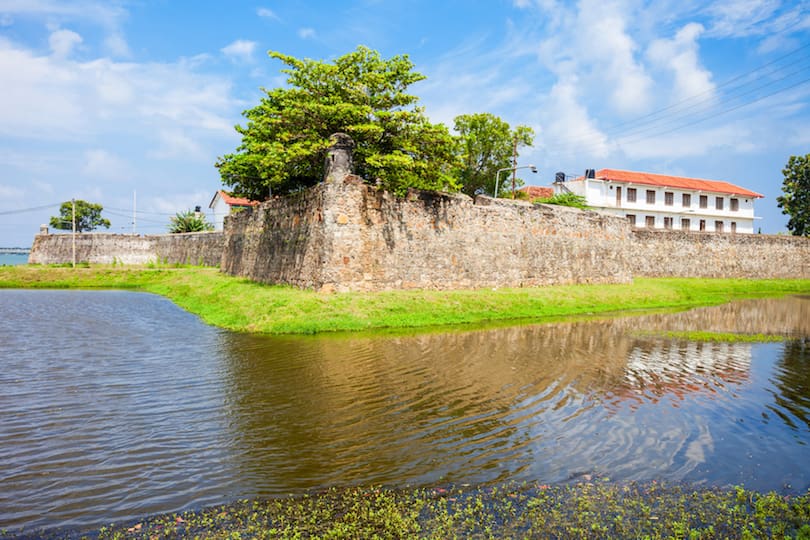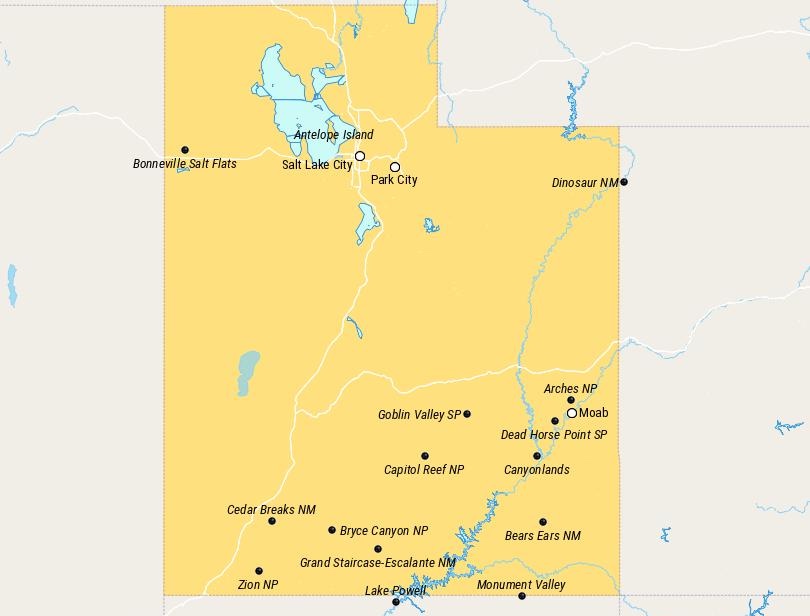Explore the tragic history of Jallianwala Bagh, Amritsar, and its significance as a memorial site. Learn about the events, insights, and FAQs surrounding this poignant landmark.
Introduction
Amritsar, a city steeped in history and culture, holds within its heart a somber reminder of a tragic event that unfolded on April 13, 1919 – Jallianwala Bagh. This historic site stands as a memorial to the countless lives lost during one of the darkest chapters in India’s struggle for independence. In this comprehensive article, we delve into the depths of Jallianwala Bagh’s significance, its historical background, and the impact it continues to have on the nation’s collective memory.
Jallianwala Bagh, Amritsar: The Infamous Incident
In the midst of the Indian freedom movement, the British colonial administration imposed the Rowlatt Act, a repressive law aimed at curbing civil liberties. As a response to this injustice, Indians across the nation united in protest, and in Amritsar, they gathered in Jallianwala Bagh, a public garden, to voice their dissent peacefully.
The Massacre that Shook a Nation
As the peaceful crowd assembled in Jallianwala Bagh, they were met with ruthless and indiscriminate violence by British troops, led by Colonel Reginald Dyer. Without warning, they opened fire on the unarmed civilians, resulting in hundreds of fatalities and leaving thousands injured. This brutal act of violence sent shockwaves across the country, igniting a flame of resistance that would burn bright in the fight for independence.
The Aftermath and Historical Impact
The Jallianwala Bagh massacre left an indelible mark on India’s history and had far-reaching consequences. The incident stirred widespread outrage and prompted a surge in nationalism, pushing more Indians to join the struggle for freedom. Mahatma Gandhi, who previously advocated for cooperating with the British, withdrew his support and adopted a more assertive stance against colonial rule. This tragic event also bolstered the demand for complete independence and brought the issue to the international stage.
Jallianwala Bagh Memorial: A Tribute to the Martyrs
In the wake of the massacre, Jallianwala Bagh was turned into a memorial to honor the victims who lost their lives that fateful day. The site was preserved as a poignant reminder of the sacrifices made in the pursuit of liberty. Today, visitors from around the world pay their respects at this hallowed ground, reflecting on the price of freedom and the importance of preserving historical memory.
Exploring Jallianwala Bagh: A Walk Through History
1. The Martyrs’ Well
One of the striking features of Jallianwala Bagh is the Martyrs’ Well. As the firing began, many people sought refuge in this well, hoping to escape the hail of bullets. The well stands as a solemn testament to the courage and sacrifice of those who perished that day.
2. Flame of Liberty
The Flame of Liberty, an eternal flame, burns brightly within the memorial complex, symbolizing the undying spirit of those who laid down their lives for the country’s freedom. It serves as a constant reminder of the sacrifices made and the quest for justice that endures.
3. The Wall of Remembrance
Adorned with inscriptions and names of the victims, the Wall of Remembrance stands tall, preserving the memory of each life lost in the massacre. This somber wall is a touching tribute to the individuals who became martyrs in the fight against oppression.
4. Sound and Light Show
In the evening, visitors can witness a captivating sound and light show that narrates the events leading up to the massacre and its aftermath. The show imparts a vivid understanding of the historical context, adding a deeper layer of meaning to the site.
Preserving the Legacy: The Importance of Jallianwala Bagh
Jallianwala Bagh is not just a memorial; it is a symbol of resilience and the unwavering spirit of a nation. Its preservation is essential, as it continues to educate and inspire future generations about the importance of liberty, human rights, and the pursuit of justice.
FAQs about Jallianwala Bagh, Amritsar
- What was the motive behind the Jallianwala Bagh massacre? The British colonial administration sought to quell the Indian freedom movement by suppressing protests and demonstrations through violent means.
- How many people were killed in the Jallianwala Bagh massacre? While the exact number of casualties remains disputed, it is believed that hundreds lost their lives and thousands were injured.
- Was Colonel Reginald Dyer held accountable for the massacre? Though Colonel Dyer faced condemnation for his actions, he was not held legally responsible for the tragedy.
- What role did Jallianwala Bagh play in India’s struggle for independence? The massacre acted as a turning point, intensifying the demand for complete independence from British rule.
- Can visitors still see the bullet marks at Jallianwala Bagh? Yes, some of the bullet marks from the 1919 massacre are still visible on the walls and structures within the memorial.
- Is photography allowed inside Jallianwala Bagh? Yes, visitors are allowed to take photographs within the premises, but it’s essential to do so with sensitivity and respect.
Conclusion
Jallianwala Bagh, Amritsar, stands as a stark reminder of a tragic incident that changed the course of Indian history. The sacrifices made by the brave souls on that fateful day continue to resonate with the nation, serving as a constant inspiration to uphold the values of freedom and justice. As visitors walk through the hallowed grounds of Jallianwala Bagh, they are urged to reflect on the past, cherish the present, and work towards a future where liberty prevails.














certainly like your web site but you need to take a look at the spelling on several of your posts. A number of them are rife with spelling issues and I to find it very bothersome to inform the truth then again I will surely come again again.
Fantastic site. A lot of useful info here. I am sending it to some friends ans also sharing in delicious. And obviously, thanks for your sweat!
Really enjoyed this article, can I set it up so I receive an email when there is a fresh update?